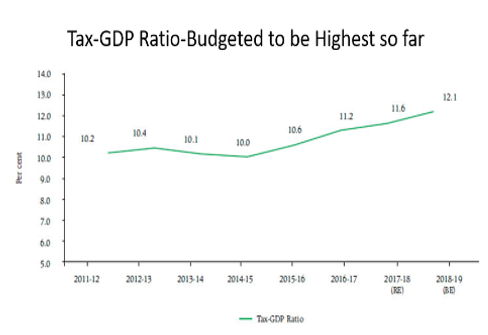Abstract
India's greatest duty move is now a reality. 1999 was the year when GST was thought of. The amending bill for the full-powered launch of GST was approved by the Rajya Sabha on 8 August 2016, and it was enacted in late August. It is essential to comprehend that GST isn't a duty concession scheme where every good and service has become way cheaper just because the administration has decreased the duty rates. The single Revenue Neutral Rate (RNR) was a difficult system to manage, and thus the Indian govt. I wanted to fix it. Nonetheless, because of practical reasons, "four GST slabs have been set at 5%, 12%, 18%, and 28%. Precious metals have a special rate. The rate of 18% would anyway be relevant for most goods. GST was enacted on 1 July 2017."
Full text article
Authors

This work is licensed under a Creative Commons Attribution-NonCommercial-NoDerivatives 4.0 International License.

